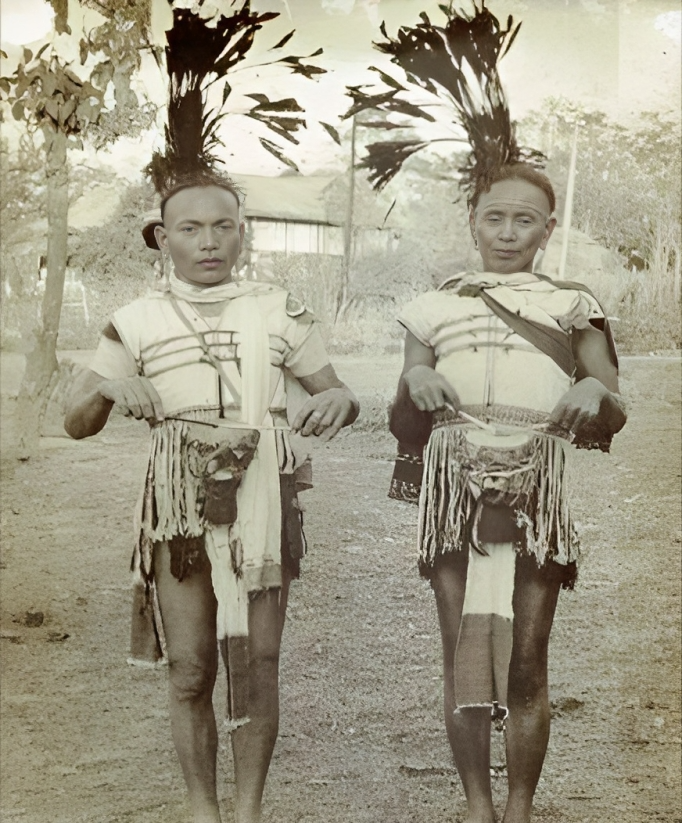The culture rich tribe

Ru Rangsina Sarpo
The brief cultural anthropology 👋
The brief cultural anthropology 👋
The Karbi as a tribe stands amongst the most diverse and rich cultural heritage tribes. Dwelling in picturesque area of a mix of plains and hills, with a moderate and pleasant temperature, the diverse ethnic cuisine offered is an entirely different realization. Although strong similarities in food are visible in all the different tribal cuisines, there are still subtle differences to be found when one experiences it oneself. The journey of a human being from birth to death, and the subsequent journey of the eternal soul to its heavenly abode is well followed as taught from the century old traditional legacy and is continuing till date. The elders say that ‘Ru Rangsina Sarpo‘ the legendary Karbi God descended from heaven and showed the path of culture and tradition to the Karbi tribe and told them to follow it for for their welfare. From the first raindrop of the year to the end of harvesting, every occasion is celebrated with songs and dances. The beginning of the year is started with celebration of ‘RONGKER’, a religious offering for the well being of all members of a particular area or village. Then the elders of the dwellers of ‘RONG-ARAK’ also known as ‘RONGHANG RONGBONG’ (capital of the Karbi Religious King) on due permission from the King performs the ‘BOTOR KEKUR’ ( A prayer and singing of Weather Song known as ‘BOTOR ALUN’ for appeasement of the Weather God for timely showering of rain and providing suitable climatic conditions during the whole year for wealthy harvesting of crops).


